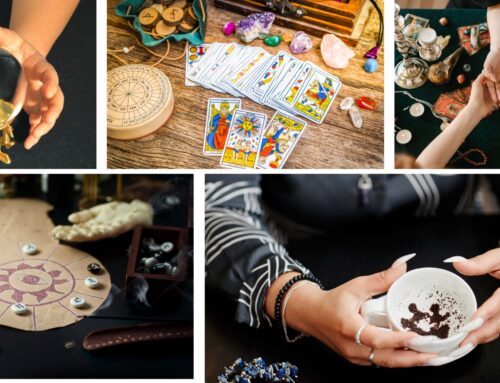As I walked the hills behind my house this past Christmas Eve, I noticed a clump of new-green grass cracking the soil where it broke through. Not more than ½ inch high, but nonetheless, I stopped and marveled. You see, just a few days before, the temperature plummeted to 10 degrees Fahrenheit, hardly the weather you’d expect to see grass sprouting.
After I soaked in the beauty of green against a dormant desertscape, I mourned for the short life expectancy of this grass. Very soon, possibly tonight, it’d wither from the frost and all its efforts pushing through the hard Nevada ground would have been in vain.
 Two days later, though, it continued to grow.
Two days later, though, it continued to grow.
The following morning, it had been mowed down to half its size, a rare winter treat for a quail or cottontail.
The weather turned, as is expected in the Great Basin Desert. I checked the thermometer for the overnight low: 2 degrees. The daytime high barely reached 20 degrees. I knew my grass was gone.
Why would I care about a little mound of green on a walking path? After some thought, I realized we are like this grass. We make substantial breakthroughs only to fall back.
This grass’ attempt wasn’t wasted. One: it probably wasn’t dead; it was only dormant. Its roots didn’t appear overnight, just because the sprigs did. It grew because it had a good foundation. In its short time, it took advantage of the sun, storing energy for its survival. In the meantime, it gave sustenance to the wildlife around it, making them stronger.
We rise. We lose ground. But we must endure. Life is not always on an upward trend. Think of the grass. Build your roots—your core truths—so that when adversity hits, you, can break out into the sunshine.






Well put, Kathleen!
Thank you! Happy spring!
Thank you for pointing out that life’s lessons are all around us. It’s often difficult to take the time out of our busy lives to stop just for the few seconds it takes to notice something so simple, yet so profound.
On a slightly blasphemous note, around the same time frame, I noticed a sprig of errant green peeping out of the brown dirt near my evergreen, and wasn’t quite as reverent–while admiring its fortitude, I yanked it out by its roots, hoping to prevent it from making further inroads as conditions improved. In this case, I think it would be best to take the lesson not from the dead plant whose efforts were in vain, but instead from the evergreen which is rid of a distracting little sucker.
That’s great, Cindy. Thanks for the laugh!